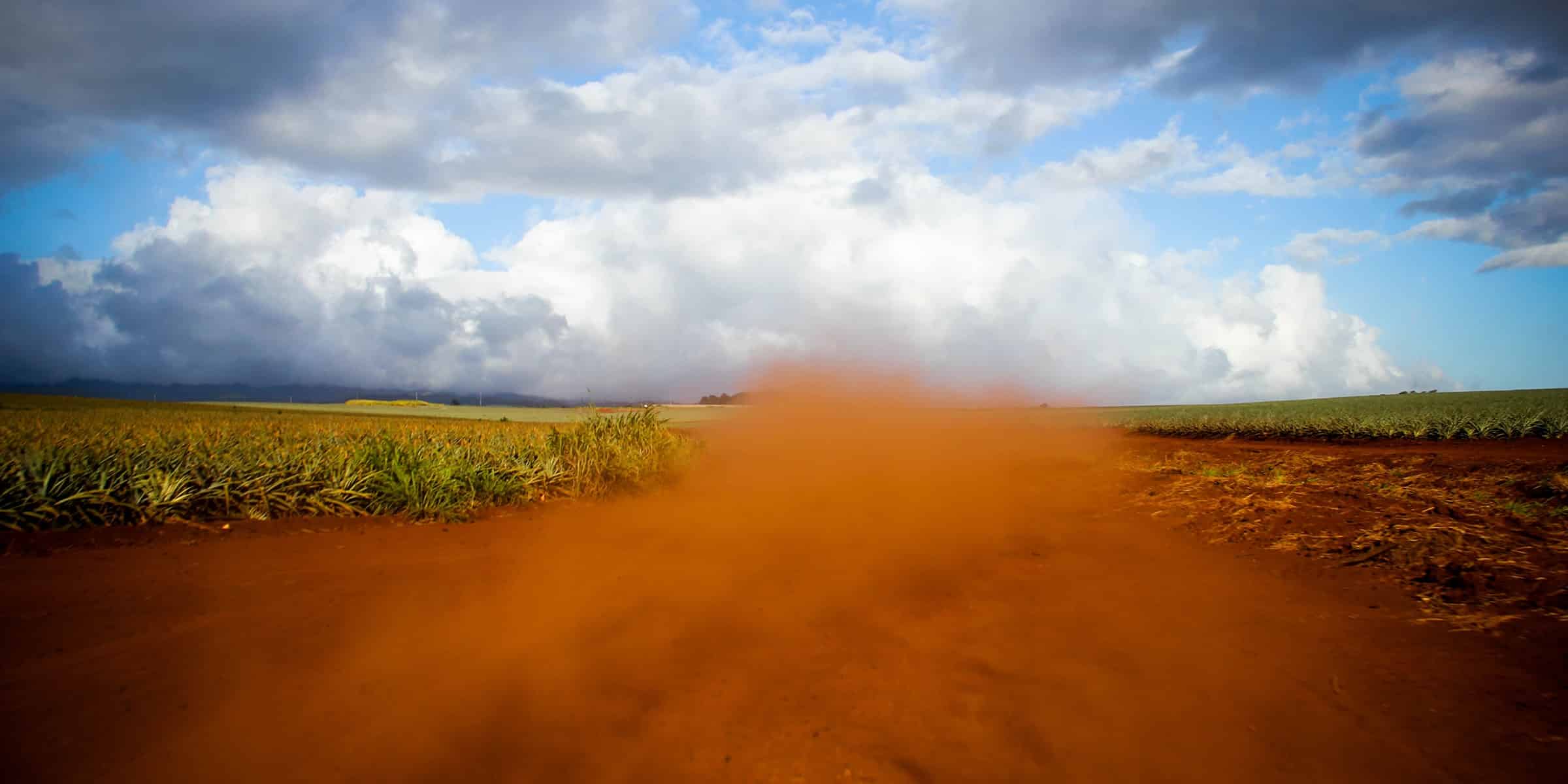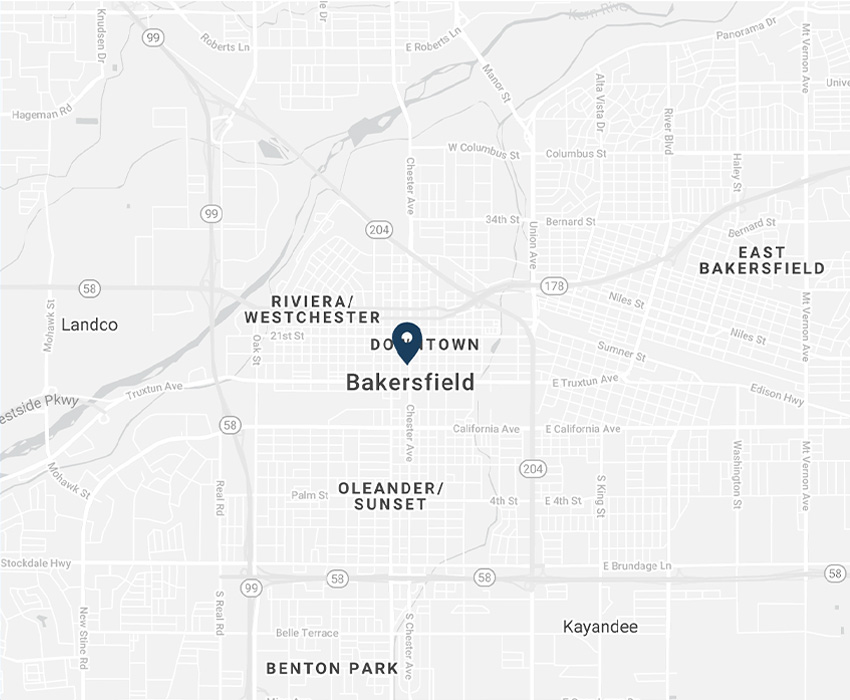What you need to know about Valley Fever in Kern County
August 21, 2019 | Article by Chain | Cohn | Clark staff | Tips & Information Social Share

Last year, California experienced 2,200 new cases of Valley Fever, and most were reported in the southern Central Valley regions of Kern, Tulare, Kings, Fresno, Madera, and Merced counties. In fact, Kern County residents were affected the most with 890 cases. In all, about 30 percent of all Valley Fever cases nationwide occur in the Central Valley each year.
Chain | Cohn | Clark along with California health officials are warning people about Valley Fever, not only for Valley Fever Awareness Month, but year-round. Breathing the Central Valley’s dusty air can put you at risk for this potentially fatal disease. Here’s what you need to know about Valley Fever, whose most at risk, what you can do to prevent the spread, and what to do if you or your loved ones are affected.
WHAT IS VALLEY FEVER?
Valley Fever, or coccidioidomycosis, is caused by a fungal spore that is found in soils in the southwest United States, and in some areas of Central and South America. People get infected by breathing in spores contained in dust that gets into the air when it’s windy or when the soil is disturbed during activities such as digging, gardening and construction.
In many cases, Valley fever does not make people ill, but some get flu-like symptoms that can last a month or more. Most who have flu symptoms recover fully, but others can develop severe disease, including pneumonia and infection of the brain, joints, bone, skin and other organs. Anyone who thinks they might have Valley Fever should see a doctor. A blood test can determine the disease, and doctors should be suspicious of Valley Fever in patients who live in the valley or have traveled through the area who have a cough that doesn’t go away after more than several weeks.
Valley fever does not spread from person to person, and many people who are exposed to the fungus never have symptoms. Other people may have flu-like symptoms, including fatigue, cough, fever, shortness of breath, headache, night sweats, muscle aches or joint pain, and rashes on the upper body or legs. Serious illness can occur, resulting in hospitalization, long-term disability, or even death.
Healthcare providers prescribe antifungal medication for some people to try to reduce symptoms or prevent the infection from getting worse. People who have severe lung infections or infections that have spread to other parts of the body always need antifungal treatment and may need to stay in the hospital.
KERN COUNTY AT RISK
Anyone who lives in or travels to an area where the fungus lives in the environment can get Valley Fever, and it can affect people of any age, but it’s most common in adults age 60 and older. Additionally, certain groups of people may be at higher risk for developing the severe forms of Valley Fever, such as people who have weakened immune systems, as well as pregnant women, people who have diabetes, and people who are black or Filipino.
The best way to reduce the risk of Valley fever is to avoid breathing dust by:
- Minimize soil disturbance.
- Stay indoors on dusty days.
- Roll up windows in cars and use recirculating air conditioning when driving through dusty areas.
- If outdoors in dusty areas, consider wearing a N95 mask or respirator.
In areas where Valley Fever is common, like Kern County, it’s difficult to completely avoid exposure to the fungus because it is in the environment. And there is no vaccine to prevent infection. That’s why knowing about Valley Fever is one of the most important ways to avoid delays in diagnosis and treatment. People who have Valley Fever symptoms and live in or have visited an area where the fungus is common should ask their doctor to test them for Valley Fever. Healthcare providers should be aware that Valley Fever symptoms are similar to those of other respiratory illnesses and should consider testing in patients with flu-like symptoms who live in or have traveled to an area where Coccidioides lives.
WORK SAFETY
Employers in affected areas can take steps to protect workers from breathing in the fungal spores that cause Valley Fever. These include controlling dust, providing worker training, and suspending outdoor work during heavy winds.
It’s important for employers of outdoor workers to post resources for preventing work-related Valley Fever. Each year, more than 1,000 Californians receive hospital treatment for Valley Fever, and about eight of every 100 people hospitalized die from the infection annually.
Workers who dig or otherwise disturb soil containing the fungus are at risk for getting the illness. The fungus lives in the soil in parts of California, particularly the Central Valley. When people inhale the fungal spores released when the soil is disturbed, they may get Valley Fever.
Some workers at higher risk for Valley Fever include wildland firefighters, construction workers, archaeologists, military personnel, and workers in mining, gas, and oil extraction jobs.
Here are some steps employers and employees can take to prevent the spread of Valley Fever:
- Determine if your worksite is in an endemic area.
- Adopt site plans and work practices that reduce workers’ exposure, which may include minimizing the area of soil disturbed; using water, appropriate soil stabilizers, and/or re-vegetation to reduce airborne dust; stabilizing all spoils piles by tarping or other methods; providing air conditioned cabs for vehicles that generate heavy dust and make sure workers keep windows and vents closed; suspending work during heavy winds; placing any onsite sleeping quarters, if provided, away from sources of dust.
- Employers must develop and implement a respiratory protection program in accordance with Cal/OSHA’s Respiratory Protection standard.
- Take measures to reduce transporting spores offsite, such as cleaning tools, equipment, and vehicles before transporting offsite; providing coveralls and change rooms, and showers where possible if workers’ clothing is likely to be heavily contaminated with dust.
- Train workers and supervisors about the risk of Valley Fever, the work activities that may increase the risk, and the measures used onsite to reduce exposure. Also train on how to recognize Valley Fever symptoms.
- Encourage workers to report Valley Fever symptoms promptly to a supervisor.
HELP AVAILABLE
Valley Fever Institute at Kern Medical aims is to increase education and awareness for the public, patients and health care providers, and provide the patient care and promote research that includes epidemiology, clinical drug development, prevention, immunology and immunizations. Chain | Cohn | Clark recently joined the Valley Fever Institute at the annual Valley Fever Walk aimed at raising awareness of Valley Fever.
The Valley Fever Americas Foundation aims to promote awareness and raise funds to support promising academic and medical research on the fungus which causes Valley Fever, in efforts to produce a vaccine or a cure. There is currently no cure for the disease.
“Understanding the conditions in which Valley Fever is most likely to be contracted can prevent further suffering and loss throughout our community, and being familiar with its symptoms empowers victims of this disease to be diagnosed early and increase their chances of making a full recovery,” according to the foundation.
More resources on Valley Fever can be found at the Valley Fever Institute and Valley Fever Americas Foundation.
———
MORE INFORMATION
- Despierta Bakersfield con Chain | Cohn | Clark: Fiebre del Valle
- Keeping safe at work in Kern County’s summer sun and adverse air quality (Blogging for Justice)
———
If you or someone you know is injured at work or becomes ill due to work condition, please contact the personal injury and workers’ compensation attorneys at Chain | Cohn | Clark by calling (661) 323-4000, or chat with us online at chainlaw.com.
———

